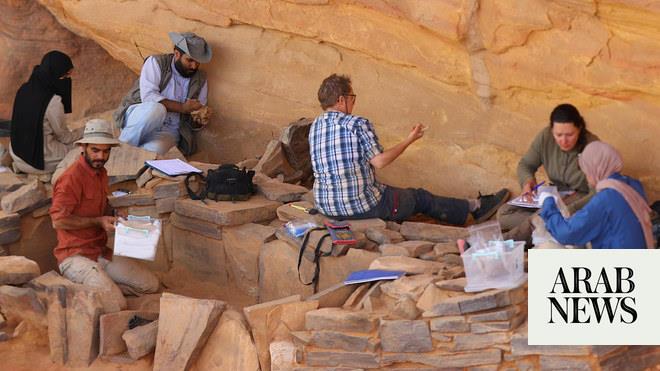
That the Inca sacrificed people to appease their gods is well known, but a discovery in Peru sheds new light on a far more common sacrificial practice: the ritual offering of highly prized and ornately decorated llamas.
Four naturally mummified llamas have been uncovered during the excavation of Tambo Viejo, an Incan administrative centre.
Archaeologists say the extraordinarily well-preserved specimens, sacrificed more than 500 years ago, may have been killed not only to please the gods – to ensure successful harvests, healthy herds and victory in war – but also to win over newly conquered locals.
“Historical records indicate animal sacrifices were important to the Inca, who used them as special offerings to supernatural deities,” said Dr Lidio Valdez, from the University of Calgary, who uncovered the remains with a team of archaeologists from San Cristóbal of Huamanga University. “This was especially the case of llamas, regarded second only to humans in sacrificial value.”
Spanish conquistadors documented how llamas would be killed by the hundreds as ritual offerings to the gods, but radiocarbon dating found that the offering of the four Tambo Viejo beasts took place after the region was peacefully annexed by the Inca. Further excavation revealed evidence of a big party, including large ovens and other traces of feasts and celebration.
“The offerings likely were part of much larger feasts and gatherings, sponsored by the state,” said Valdez. “The state befriended the local people with food and drink, cementing political alliances, whilst placing offerings allowed the Inca to claim the land as theirs.”
Excavation at Tambo Viejo started in 2018 and has found a large plaza, an Inca ushnu (a symbolic or religious structure), and that an important road from the Nazca Valley stopped at the settlement.
When the conquistadors arrived in the Inca empire, they observed that the native people worshipped a variety of deities that were said to govern aspects of life including the sun, rain and rivers.
Although human sacrifice was part of appeasing these deities, llamas were the preferred offering. Bernabé Cobo, a colonial-period Spanish chronicler, wrote that brown llamas were sacrificed to the creator god, Viracocha, and white llamas to the sun.
The rituals would happen at key times of the year: in October, 100 llamas would be sacrificed to promote rain, and in February another 100 were sacrificed to stop it.
The Tambo Viejo discovery, published in the journal Antiquity, gives new insight into the rituals. The llamas were decorated with valuable bracelets and string and buried alive alongside decorated guinea pigs. Their graves were marked with tropical feathers, perhaps to further cement the Incas’ new authority over the land.
The archaeologists wrote in their research: “Through these ceremonies, the Inca created new orders, new understandings and meanings that helped to legitimise and justify their actions to both the conquerors and the conquered.”












